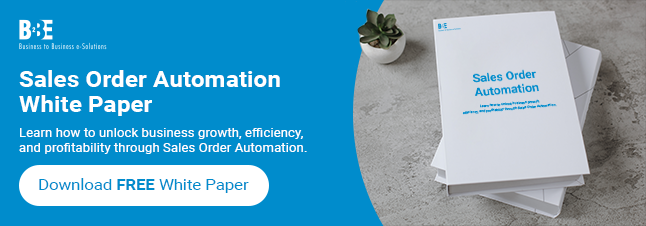In the world of business transactions, understanding the difference between purchase orders (POs) and sales orders (SOs) is crucial for efficient operations and smooth financial processes. While these terms are often used interchangeably, they serve distinct purposes and follow a specific order in the procurement and sales cycle.
In this blog, we’ll explore the roles of the purchase order vs. sales order, their differences, and clarify which one comes first in the business transaction process.
What is a Purchase Order? What is a Sales Order? What’s the difference?
A purchase order (PO) is a document created by a buyer to request goods or services from a supplier, detailing the type, quantity, and agreed-upon price, whereas a sales order (SO) is generated by the supplier in response to the PO, confirming the sale and outlining the terms of delivery and payment. Essentially, the PO represents the buyer’s intent to purchase, while the SO represents the supplier’s acknowledgment and confirmation of the sale.
Bekijk onze video hieronder:
Does The Purchase Order or Sales Order Come First?
In a typical business transaction, the purchase order comes first. Here’s a step-by-step overview of the process:
- Purchase Order Creation: The buyer identifies a need for goods or services and creates a purchase order. This document specifies what the buyer wants to purchase, the quantity, and the agreed-upon price. The PO is then sent to the supplier for approval.
- Supplier Review and Acceptance: The supplier reviews the purchase order to ensure they can fulfil the request as specified. If everything is in order, the supplier accepts the PO and confirms the order.
- Sales Order Generation: Upon accepting the purchase order, the supplier creates a sales order. This sales order confirms the details of the sale as outlined in the purchase order and serves as a binding agreement to supply the requested goods or services.
- Order Fulfilment: The supplier processes the sales order, prepares the goods or services, and arranges for delivery according to the agreed-upon schedule.
- Invoicing and Payment: Once the goods or services are delivered, the supplier issues an invoice based on the sales order. The buyer then processes the invoice for payment, completing the transaction cycle.
Common Challenges and Solutions
- Delays in Order Processing: Delays can occur if there is a lack of clarity or errors in the purchase order. To avoid this, ensure that all details are complete and accurate and communicate promptly with suppliers.
- Mismatch Between PO and SO: Discrepancies between the purchase order and sales order can lead to conflicts. Regularly review and reconcile these documents to ensure consistency and address any issues promptly.
- Manual Processing Errors: Manual handling of POs and SOs increases the risk of errors. Implementing automated solutions can minimise manual entry and enhance accuracy.
Conclusie
Understanding the roles and sequence of purchase orders and sales orders is fundamental for efficient business operations. The purchase order initiates the transaction by outlining the buyer’s requirements, while the sales order confirms the supplier’s commitment to fulfil those requirements. This sequence ensures clear communication, legal protection, efficient record-keeping, and streamlined operations.
Learn more about B2BE’s Sales Order Automation solution.
About B2BE
B2BE delivers electronic supply chain solutions globally, helping organisations to better manage their supply chain processes, providing greater levels of visibility, auditability and control. We’re driven by a passion for what we do, inspired by innovation, and underpinned by a wealth of knowledge. With over 20+ years of experience, the B2BE teams operate worldwide.
Ga voor meer informatie naar www.b2be.com.

